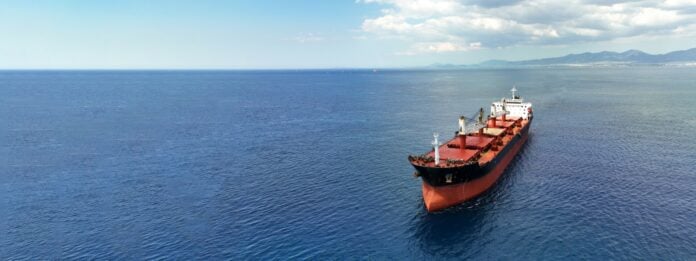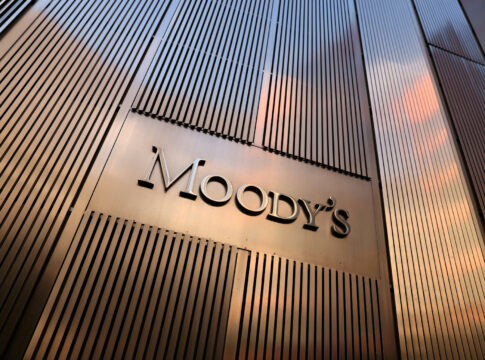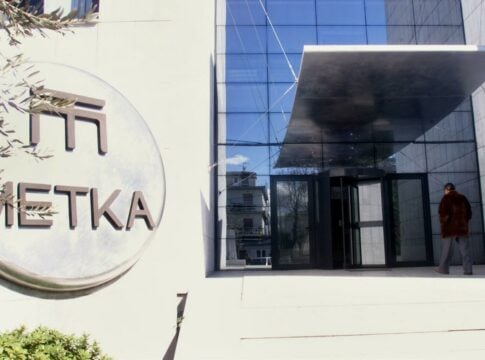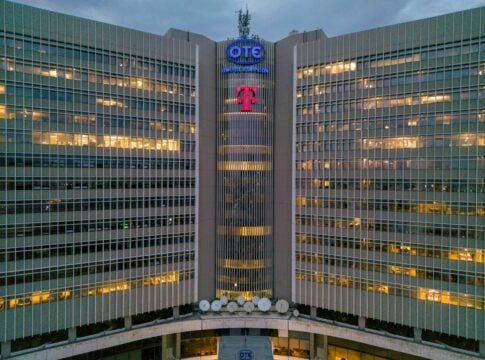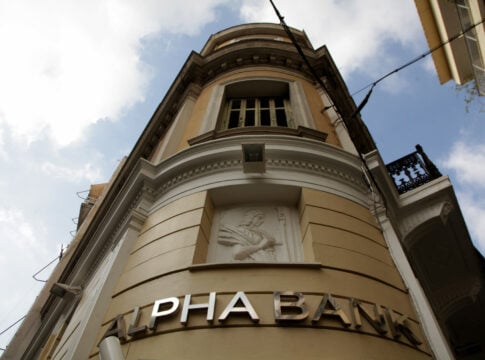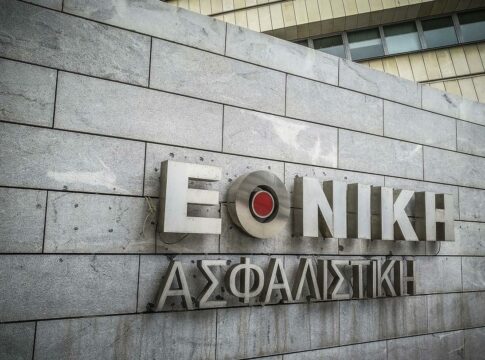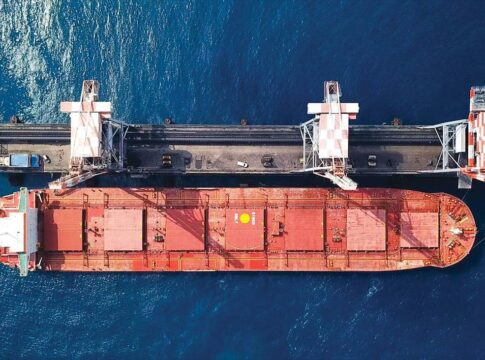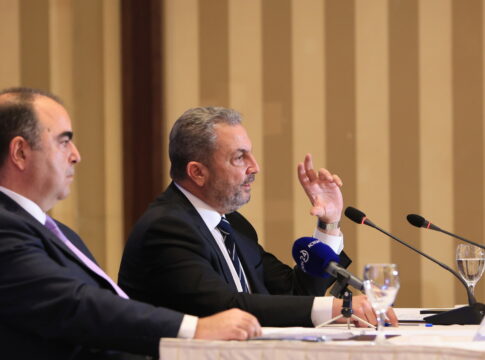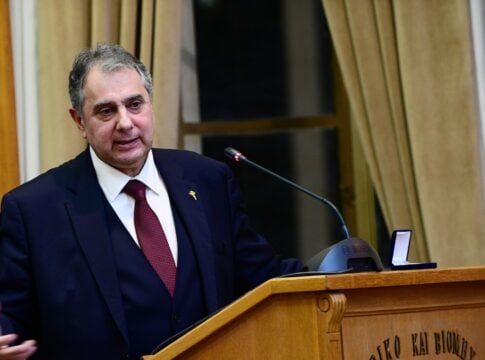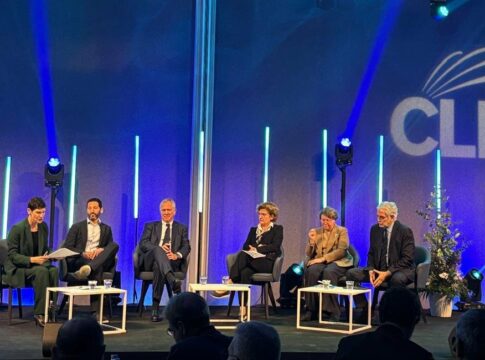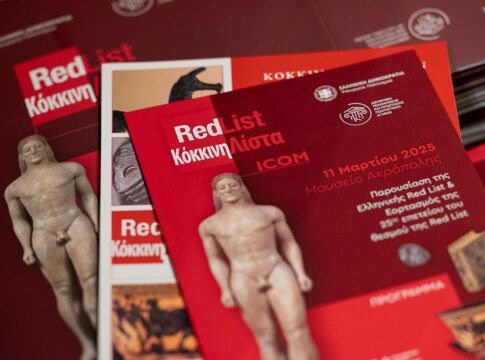More than 50% of orderbook capacity on new vessels now have alternative fuel capability, according to Clarksons.
In terms of the dual-fuel LNG vessel orders sector, they are reported to be higher than those using methanol.
For the LNG-fueled vessels on order, it said that their total capacity is 7.1 million cgt, excluding LNG carriers, while for those using methanol dual fuel at 2.1 million cgt for methanol.
Identifying the issue of port infrastructure worldwide for the possibility of using LNG, it is reported that there are currently 192 tanking facilities for this fuel, while similar facilities are being developed in another 82 ports.
In addition, another 208 ports already have the ability to use shore power so that docked ships do not use their engines during their berthing, reducing greenhouse gas emissions, in line with the long-term targets set by the IMO until 2050.
Clarksons Research managing director Steve Gordon, citing strong order flow for new vessels, said that green investment was “vital” at the moment, with energy-saving technologies now accounting for 34% of global capacity.
He added that energy security has “moved up the agenda” as geopolitical disruptions significantly increase average distances.
He also reported that between January and the end of July, ships worth 114.5 billion dollars were ordered, with a total tonnage of 35.6 cgt, while tanker and natural gas orders leading, followed by the container ship sector.
Gordon stressed that prices at this time remain elevated and shipbuilding capacity limited, with delivery times of three to four years.
He predicted, moreover, that the long-term green renewal of the fleet will require orders for new ships amounting to 5.3 trillion dollars by 2050.
It is noted that the global fleet has increased by 2% in total tonnage since the beginning of the year and by 4% year-on-year as the flow of newbuilds continues.
At the beginning of July, the global fleet stood at 109,940 ships, 1.6 billion gross tons (gt). In the first half of the year alone, 1,035 ships with a total tonnage of 42.4 million gt were ordered.


